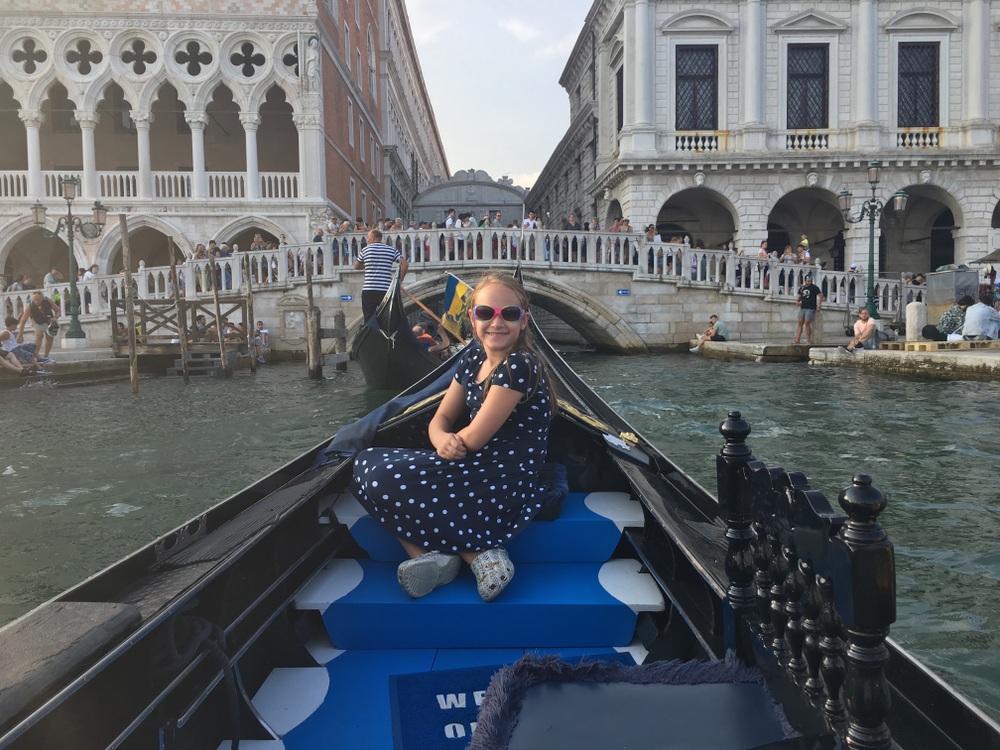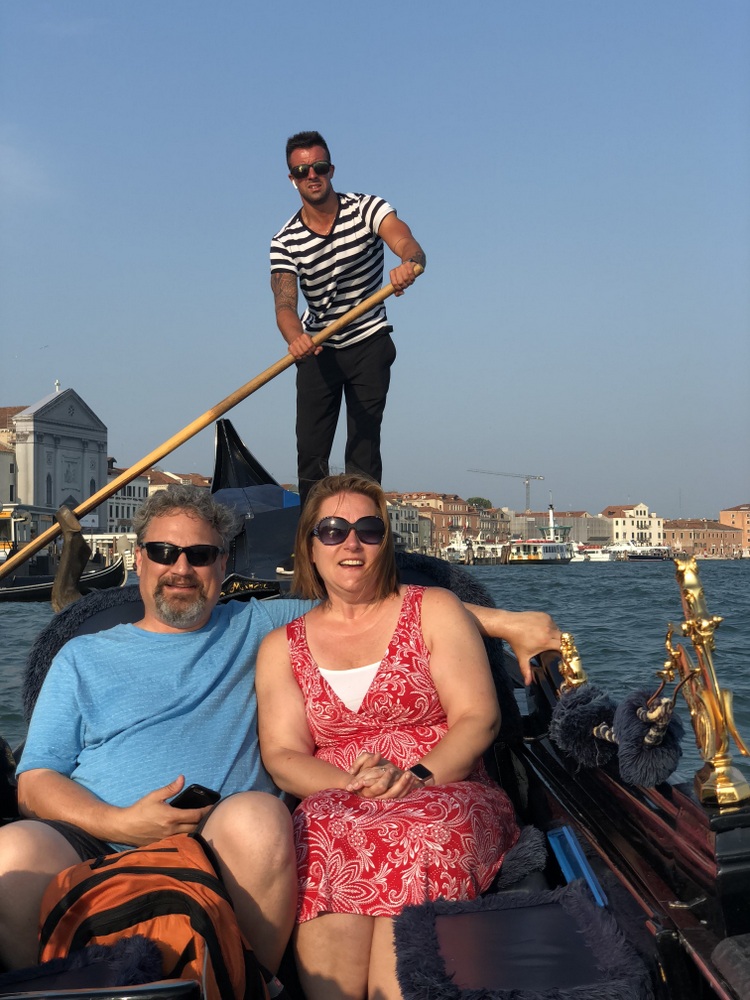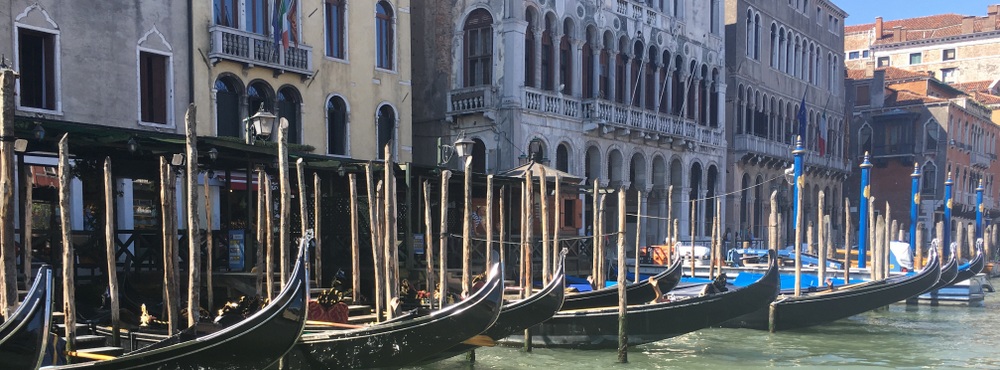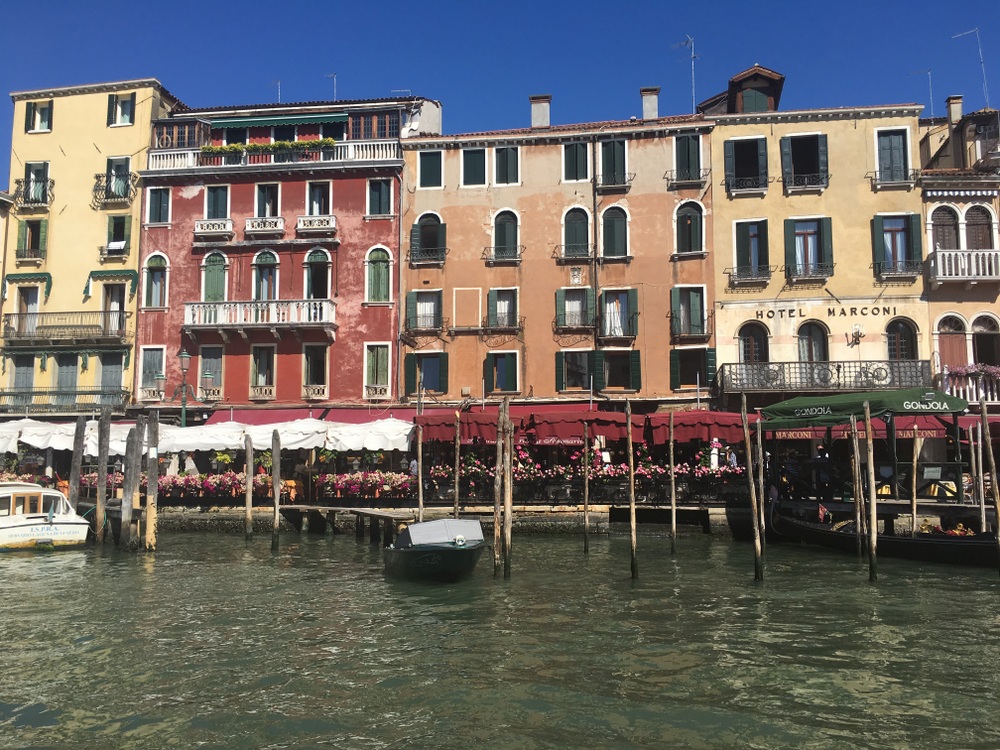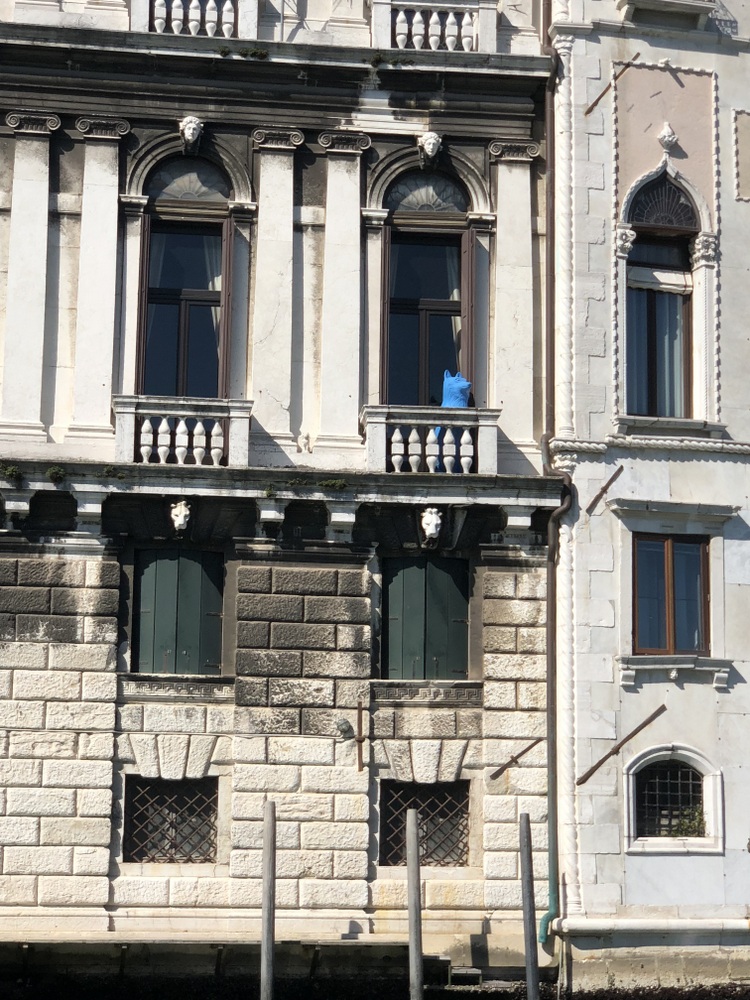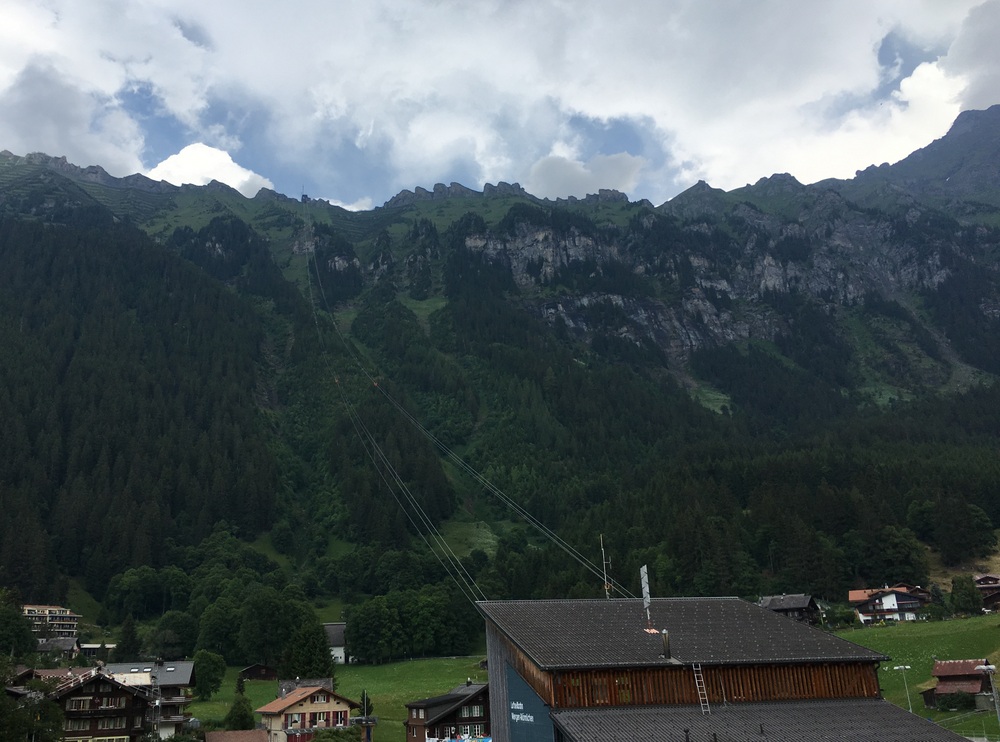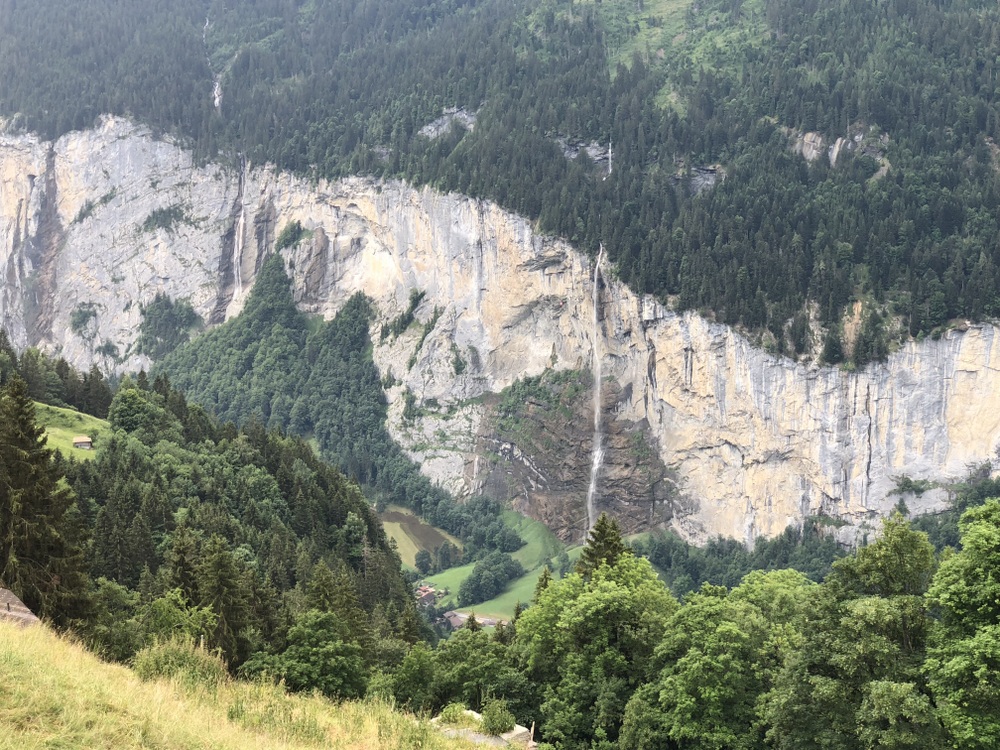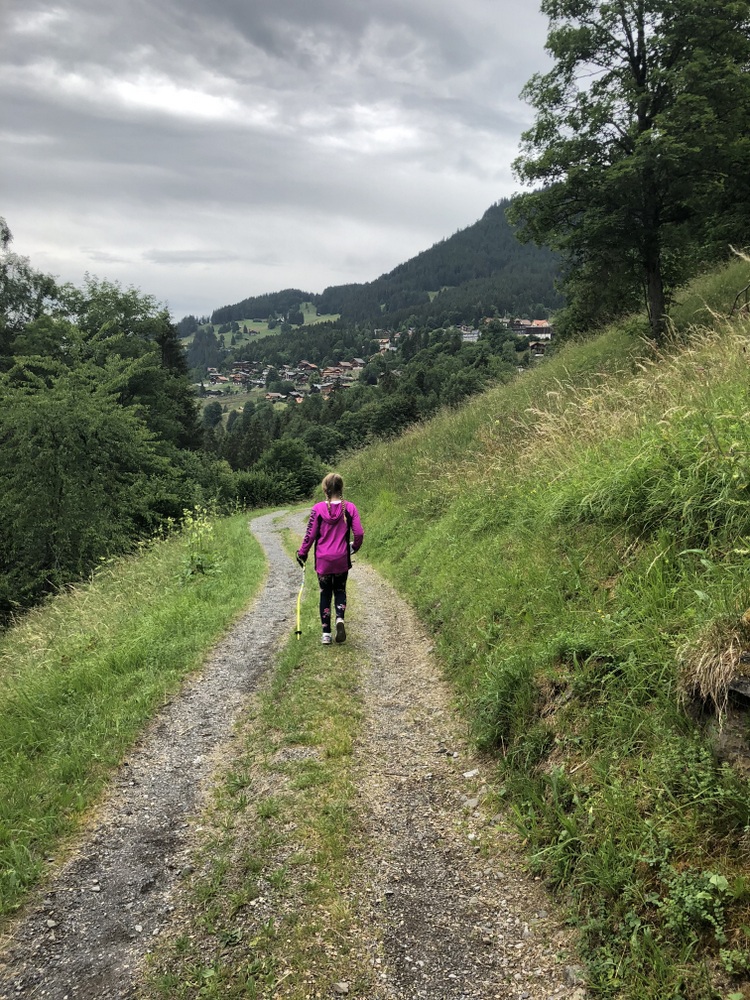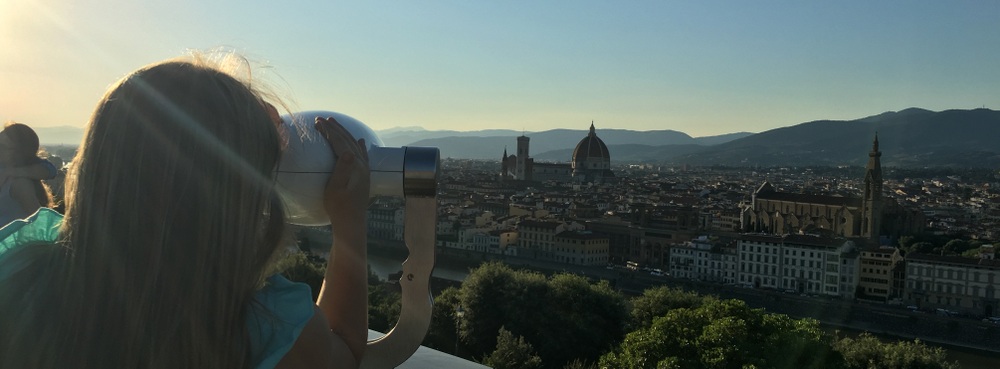It’s been far too long since I wrote about my travels here, and there are lots of awful reasons why that is. Rather than waste time talking about how I should have written more, I’m going to jump right in to my next post.
At the end of April, over a year into the pandemic, we took a small family “camping” trip in Sturbridge, our (new) home town. We love to stay in cabins when we camp — you can enjoy that outdoor, campground feeling, but never have to worry about putting away a soaking wet tent, or dealing with the maintenance on a camper. For the number of times we camp each year, paying extra for the cabin just seems like a smart deal.
A new place had just opened up in Sturbridge at the site of the old Jellystone campground. We stayed at Jellystone a few times back when we had a small camper, and we didn’t love it. It was fun but felt beat down, and the seasonal-led culture didn’t mesh well with our family trip vibe.
This new campground, run by the imaginatively named “RV Management Services” goes by Pine Lake RV Resort and Cottages. It actually has no tent sites, just 55 cabins and a bunch of RV spots. And while it has a small lake on site, I think most people are probably picturing something a bit more rural when they talk about a Pine Lake. Still, that many cabins meant we weren’t fighting for a cabin spot. We ended up with one of the lakefront cabins for our two night stay, a perfect way to test out a new spot close to home for a (slight) change of scenery.


We decided to take a hike on the chilly, blustery, sunny Friday of our trip. There was a set of trails nearby we hadn’t explored, and we’d seen some recent Facebook posts talking about a “blue lagoon” off those trails. The trailhead (at Shattuck Rd) was less than a mile from the campground, so we took a quick drive and headed into the woods for some exploration. We’d done some of the other trails in this network (Leadmine) over the years, but we hadn’t been through this new section which opened within the last 3 years.
I have a soft spot for how this trail started — a descent into the woods on what was once an asphalt road. There’s something about an overgrown, crumbling remnant of an asphalt road that makes me think of how fleeting some of our impacts are. I think back on decades past when cars drove on what is now a footpath. Decades from now, what will be different? Who can say? There is some of this nearby in Opacum Woods, and I’ve also gotten similar vibes hiking out in Western MA years ago.
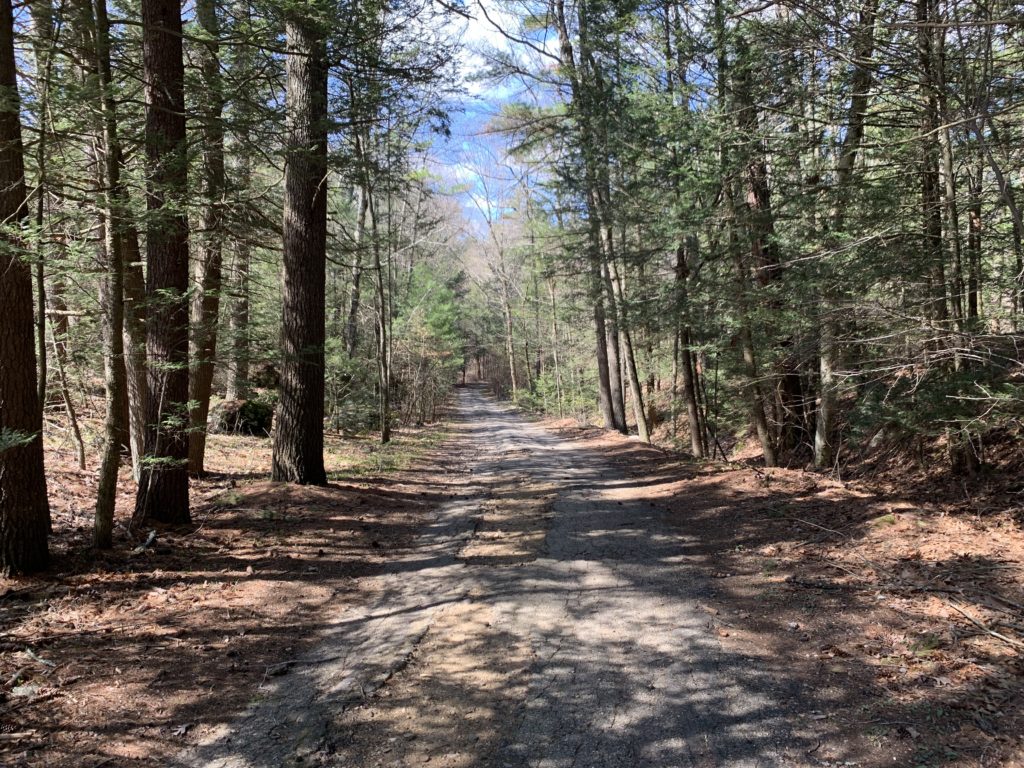
Our hike started in the morning and while the trails weren’t empty, we had plenty of space to appreciate our environment without running into too many other people. We saw a couple people with their dogs, some individuals hiking at speed, and some couples out for a stroll.
We had a rough idea of where we wanted to go, but hadn’t really researched it. Faced with our first decision of the day, we headed north along the Arbutus Park loop. It was an easy walk along a wide trail beside a small stream. Turns out, this whole area had been a camp and the stream had been dammed up to make a swimming and boating area. Now, the dams were destroyed and the area was being returned to its former natural state. Signs spoke of hope for a return of brook trout here, and that put a smile on my face.
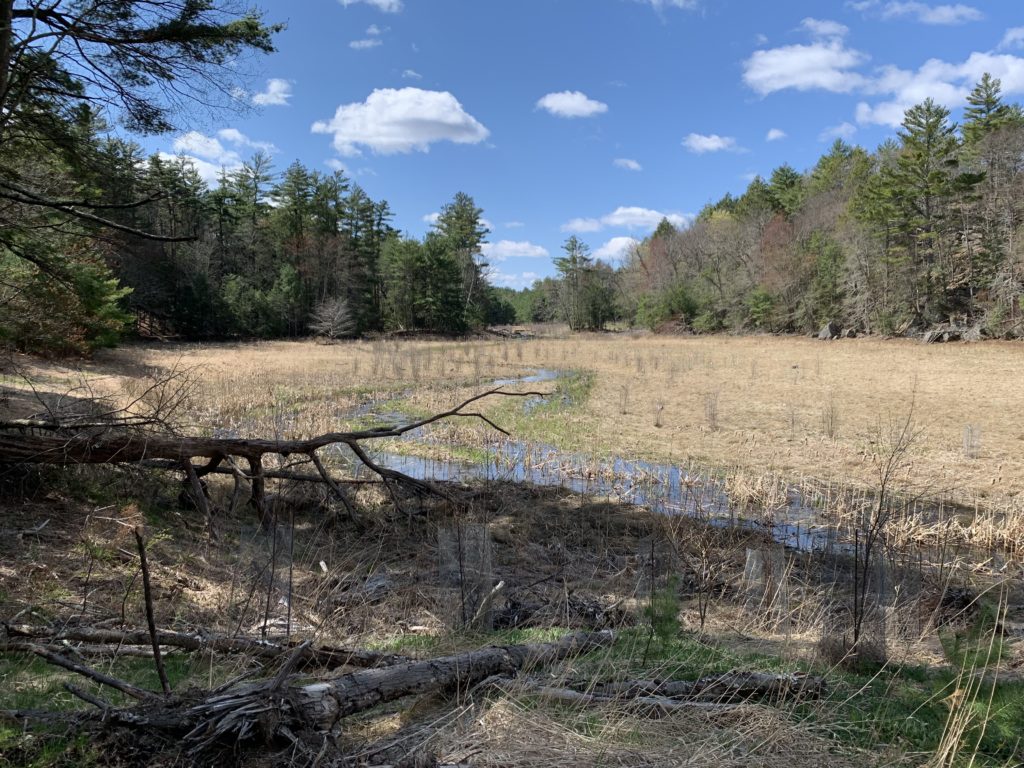
We admired the newly wild areas near the stream and Evie followed a snake around for a while after disturbing his rest in a sunny patch. I stepped down from the trail to the stream and enjoyed a bit of relaxation as the water bubbled over rocks and downed limbs.
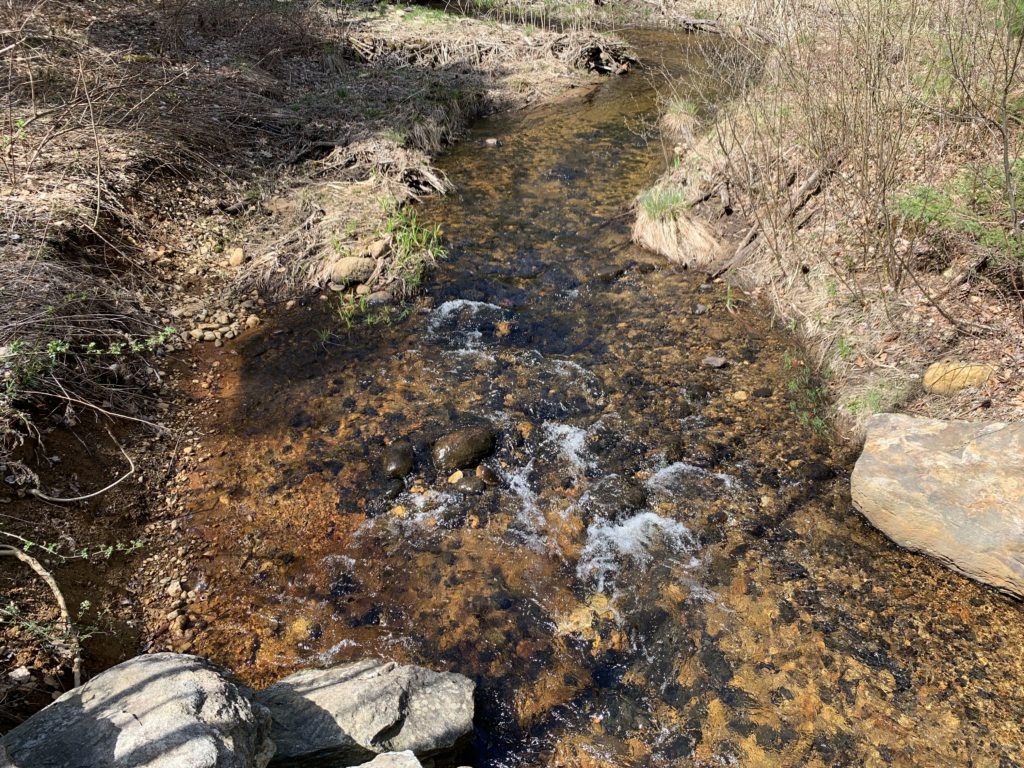
We continued along the trail, passing right by Old Sturbridge Village’s solar farm. We had thought we might see the famous lagoon along this section of the trail, but we had clearly miscalculated. A path to our left promised a rigorous hike along the Knife’s Edge, and that sounded like fun. We headed that way and were rewarded by some mildly challenging switchbacks and steeper sections.
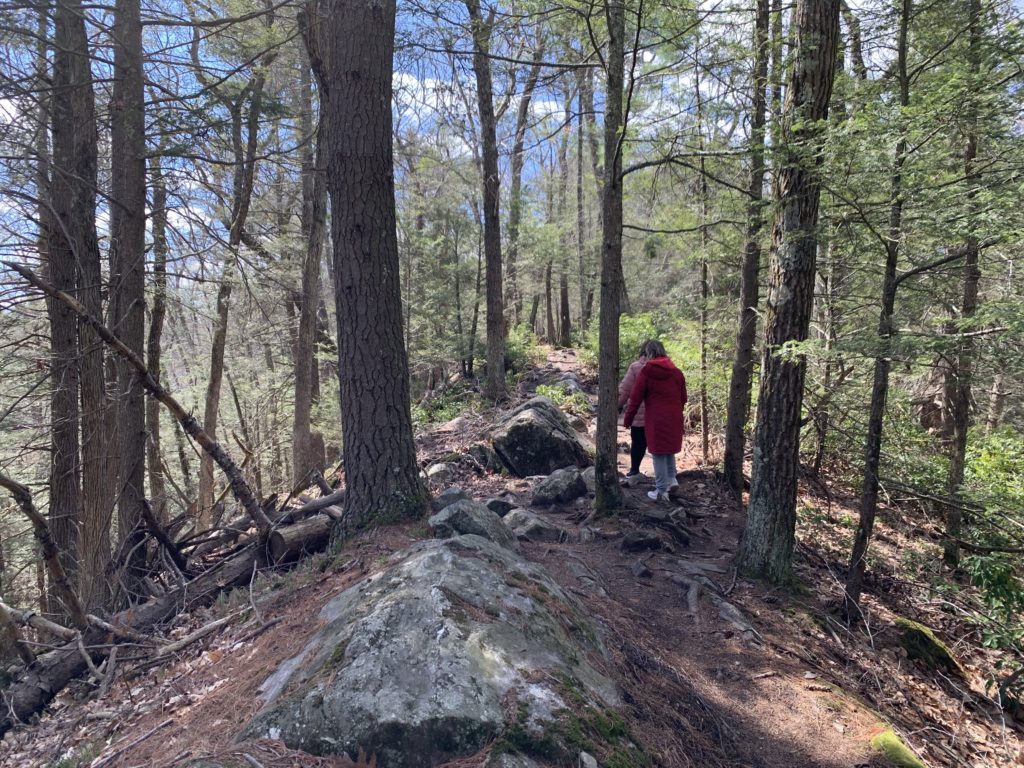
This path yielded some nice views and some more isolated natural feel compared to the abandoned road feeling of some part of the main trail. Descending from the high point of that trail, I started to feel my age (and lack of fitness). My feet and knees were starting to feel a little beat, but I knew how short this trail was and was not concerned.
We ended up back on the main loop and stumbled onto a massive clearing where dozens of cairns had been set up. We admired the view and took some photos before moving on.
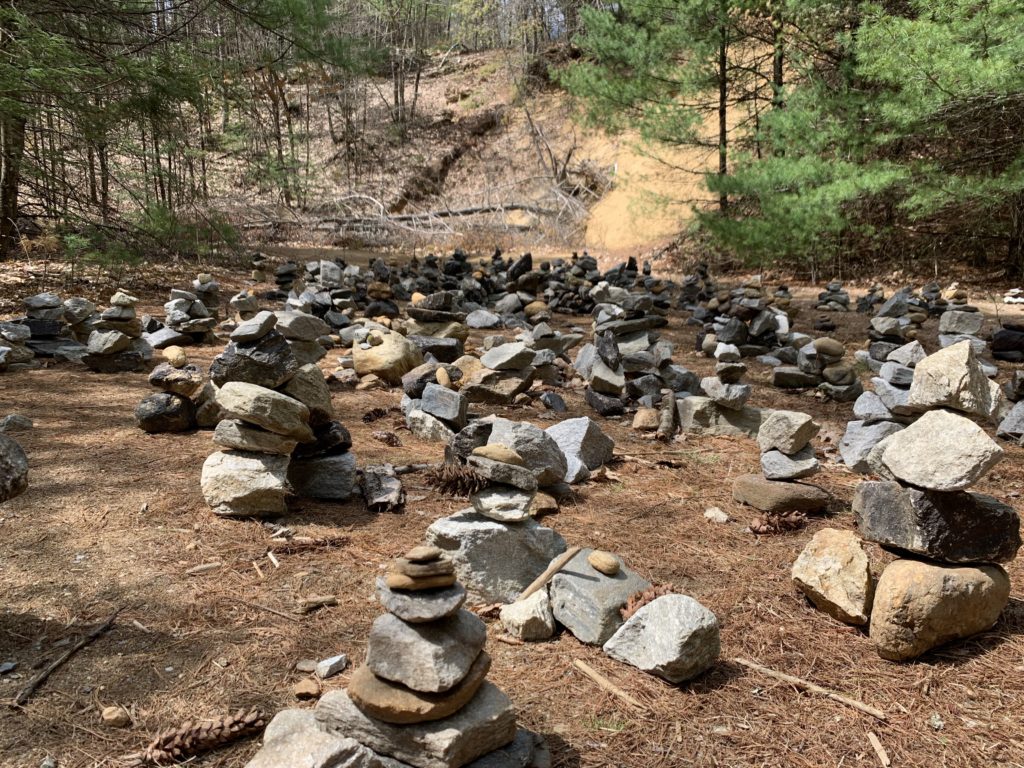
Then, we saw it — the fabled Blue Lagoon we had heard rumors of. This pond was spring fed and crystal clear. The sun kept slipping behind clouds, but every time it came out, the azure gem of the pond would astonish us. We slowly skirted the pond along the trail and paused when we saw a beaver across the water from us. We walked down to the water’s edge and watched him for a while. He slipped into the water and paddled around a bit before making a big splash and then returning to the shore where he groomed himself. We watched until a group of young children with a single adult arrived, and we decided to leave so they could enjoy the view without us there.
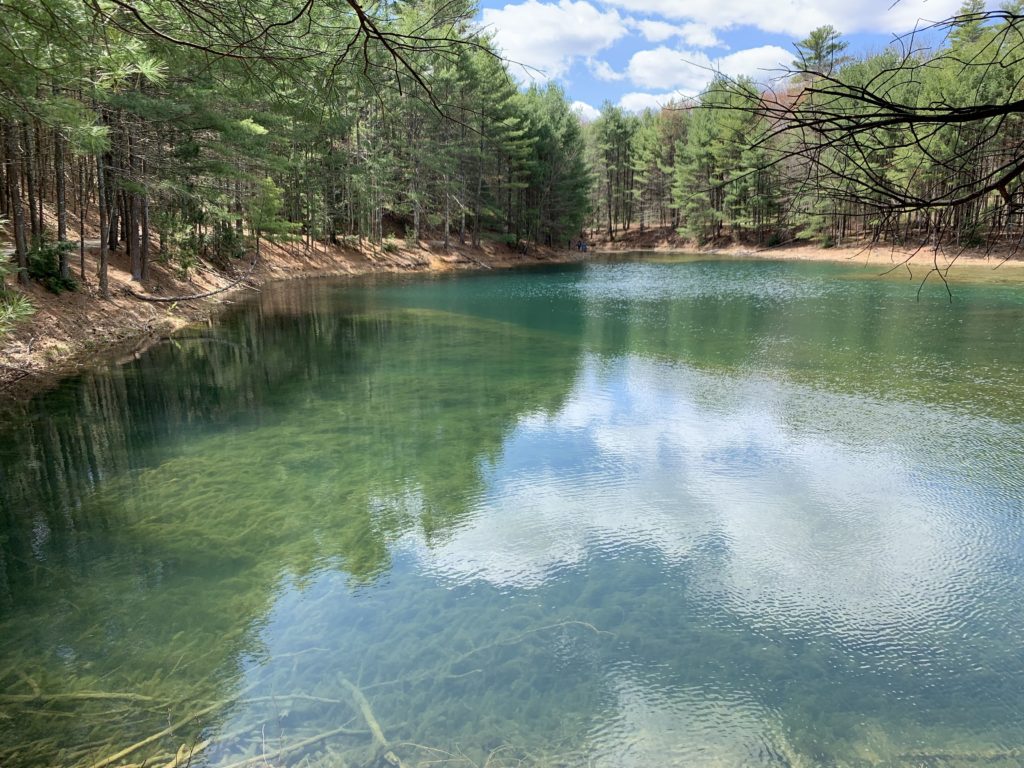
After a leisurely stroll around the Lagoon, we realized we were back where we had begun — that first “should we turn North or South” moment of the hike. It was an easy stroll back to the car, and then off for a hearty lunch. We enjoyed the rest of our short weekend “away” but definitely want to get back to this trail system. There are plenty of sections we haven’t explored yet.









